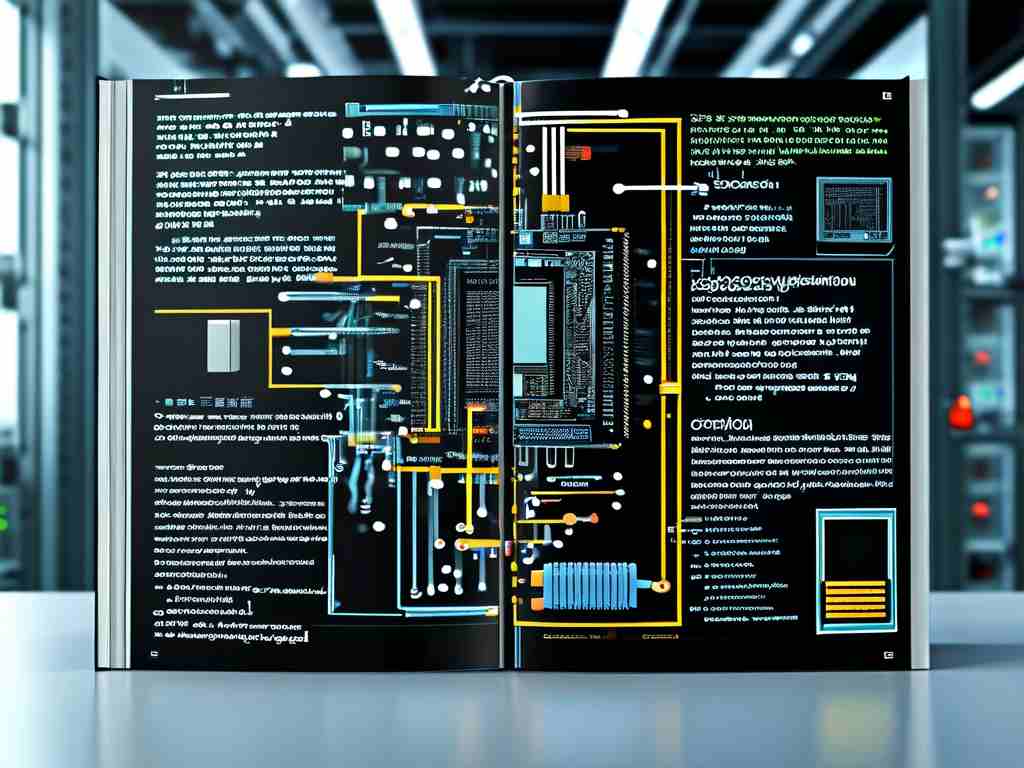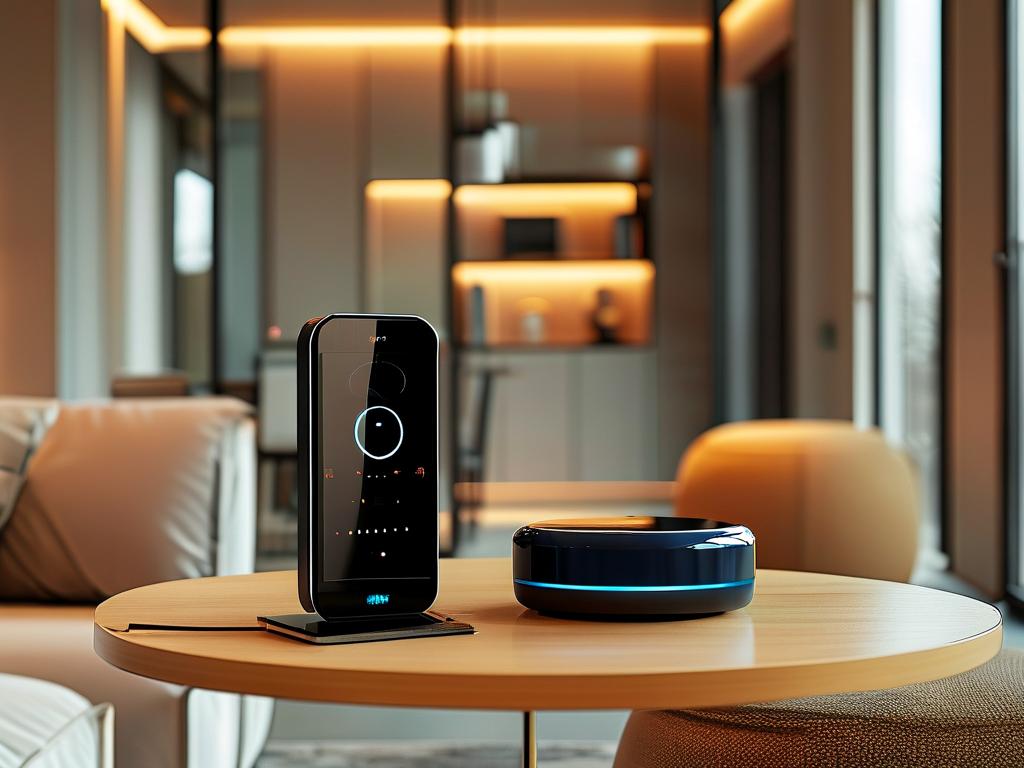Embedded development and design textbooks serve as indispensable tools for engineers and students diving into the intricate world of embedded systems. These resources bridge theoretical concepts with practical applications, enabling learners to master hardware-software integration in devices like IoT gadgets or automotive controllers. Choosing the right textbook involves evaluating factors such as coverage of microcontrollers, real-time operating systems (RTOS), and hands-on projects, ensuring it aligns with current industry standards. For instance, a well-regarded textbook might delve into ARM Cortex-M processors, emphasizing C programming for efficient code execution.

One critical aspect covered in these textbooks is hardware design principles, where readers learn to interface sensors, actuators, and communication modules. A practical code snippet illustrates this—consider a simple LED blinking program using an Arduino Uno, which demonstrates basic input/output operations and timing control:
#include <avr/io.h>
#include <util/delay.h>
int main(void) {
DDRB |= (1 << DDB5); // Set pin 13 as output
while (1) {
PORTB |= (1 << PORTB5); // Turn LED on
_delay_ms(500); // Delay for 500ms
PORTB &= ~(1 << PORTB5); // Turn LED off
_delay_ms(500); // Delay for 500ms
}
return 0;
}
This example highlights how textbooks translate abstract ideas into executable solutions, fostering debugging skills and optimization techniques. Beyond coding, design methodologies like power management and fault tolerance are explored, preparing users for real-world challenges such as low-energy devices or safety-critical systems. Textbooks often incorporate case studies from fields like robotics or medical devices, reinforcing lessons through relatable scenarios.
Moreover, effective learning from these resources requires a structured approach: start with foundational chapters on digital logic and move to advanced topics like RTOS scheduling. Supplementing with online forums or lab experiments enhances retention, as passive reading alone falls short. Publishers frequently update editions to reflect emerging trends, such as AI integration in embedded systems, so staying current is vital.
In , embedded development and design textbooks empower innovators by demystifying complex technologies, driving progress in sectors from consumer electronics to industrial automation. They remain essential for building a robust skill set, ultimately contributing to sustainable technological advancements.









